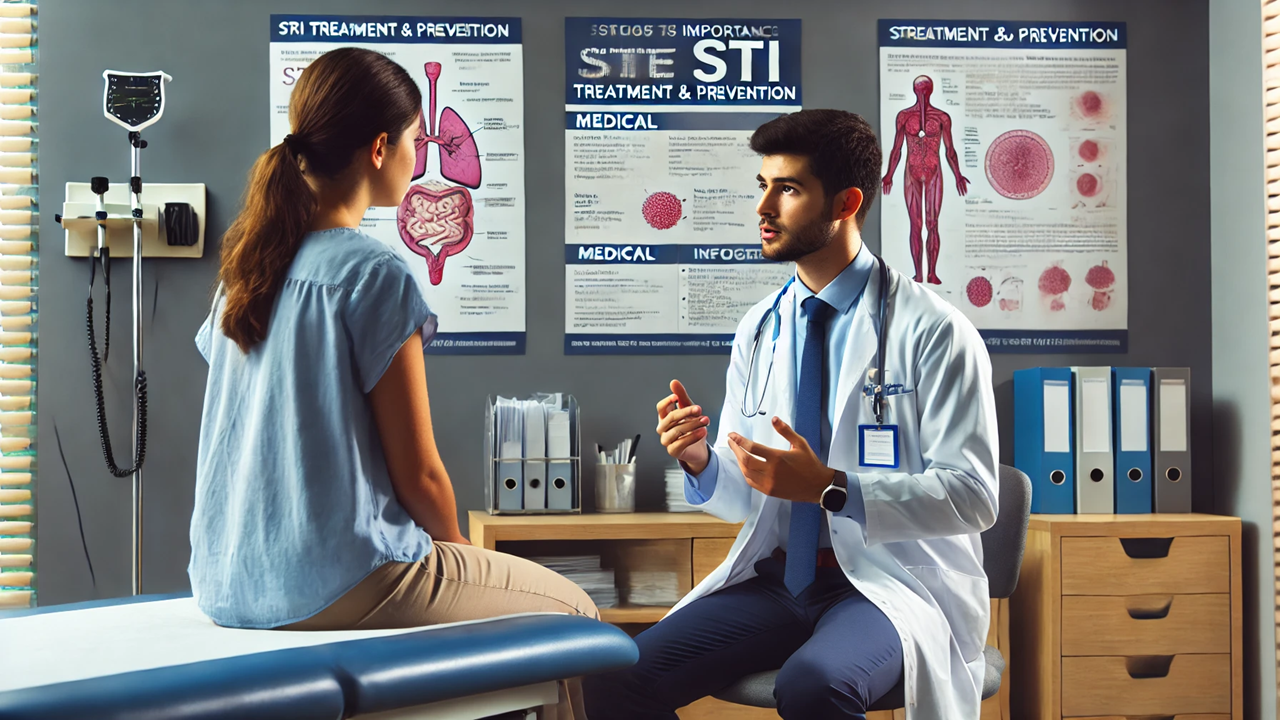Trichomonas Vaginalis: Reducing Reproductive Health Risks
Trichomonas vaginalis, responsible for trichomoniasis, remains one of the most prevalent non-viral STIs globally. WHO's latest guidelines suggest treating this infection with metronidazole, either 400 mg or 500 mg, taken twice daily for a week. For those with adherence challenges, a single 2 g dose of metronidazole or tinidazole is recommended, except during pregnancy.
Effective management of trichomoniasis is crucial not only to alleviate symptoms but also to prevent severe reproductive health complications, including preterm delivery and increased HIV transmission risk. The guidelines emphasize the importance of treating both the infected individual and their sexual partners to prevent reinfection and further spread.
Mycoplasma Genitalium: Navigating Antibiotic Resistance
Mycoplasma genitalium poses significant treatment challenges due to its high resistance to many antibiotics, particularly macrolides. The WHO recommends tailoring treatment based on resistance profiles. In areas with high resistance, a combination of doxycycline followed by moxifloxacin is advised. In regions with low resistance, doxycycline followed by azithromycin is suggested. For cases resistant to both first-line drugs, alternatives like minocycline, sitafloxacin, or pristinamycin are proposed.
These tailored treatments aim to address the growing concern of antimicrobial resistance, ensuring effective management and reducing the risk of persistent infections and transmission.
Candida Albicans and Bacterial Vaginosis: Ensuring Effective Relief
Candida albicans, the primary cause of vulvovaginal candidiasis, affects a large proportion of women at some point in their lives. WHO's guidelines provide various treatment options, including fluconazole, clotrimazole, miconazole, econazole, and nystatin. For pregnant women, clotrimazole and nystatin are recommended due to their safety profiles.
Bacterial vaginosis, another common cause of vaginal discharge, can lead to severe reproductive health issues if untreated. The guidelines recommend metronidazole, either orally or as a gel, with alternatives like tinidazole, clindamycin, or secnidazole for those who cannot adhere to oral treatment. Addressing bacterial vaginosis effectively can prevent complications such as preterm delivery and increased susceptibility to other STIs.
Anogenital Warts: Managing HPV-Related Symptoms
Anogenital warts, caused by human papillomavirus (HPV), are not only a cosmetic concern but also carry psychological impacts. The WHO suggests self-applied treatments such as podophyllotoxin or imiquimod cream. For persistent cases, options like electrosurgery, CO2 laser therapy, trichloroacetic acid, or cryotherapy are recommended.
Effective treatment of anogenital warts can reduce their recurrence and lower the risk of HPV transmission, thereby alleviating both the physical and psychological burden on affected individuals.
Moving Forward: Implementing and Updating Guidelines
The WHO underscores the importance of accessible and high-quality STI services. Integrating STI management into existing health services, promoting human rights, and addressing the needs of vulnerable populations are essential steps in achieving the global health targets set for 2030. Continuous research and monitoring are vital to address knowledge gaps and adapt to emerging challenges, particularly concerning antimicrobial resistance.
These guidelines provide a robust framework for healthcare providers and policy-makers, aiming to enhance STI prevention, diagnosis, and treatment services worldwide. By following these recommendations, countries can work towards reducing the global burden of STIs and improving public health outcomes.











